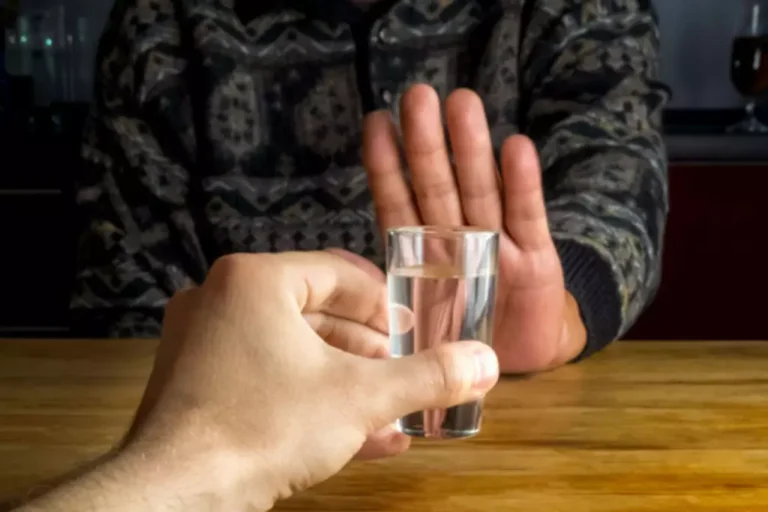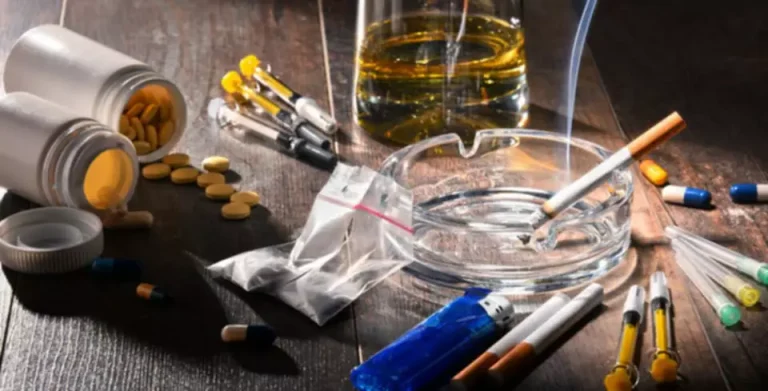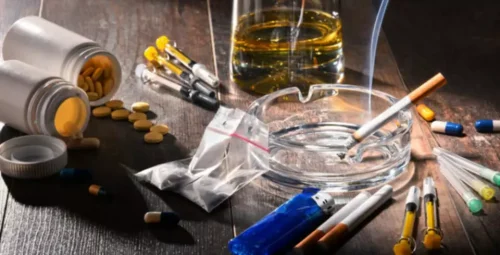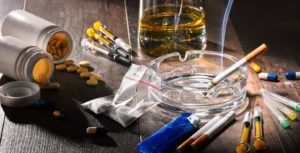
If you’ve had two or three of those symptoms in the past year, that’s a mild alcohol use disorder. Many people with alcohol use disorder hesitate to get treatment because they don’t https://ecosoberhouse.com/ recognize that they have a problem. An intervention from loved ones can help some people recognize and accept that they need professional help. If you’re concerned about someone who drinks too much, ask a professional experienced in alcohol treatment for advice on how to approach that person. If your pattern of drinking results in repeated significant distress and problems functioning in your daily life, you likely have alcohol use disorder.
Supported living

Explain your concerns and make it clear that your concern comes from a place of love. You may also benefit from joining a group such as Al-Anon, a free peer support group for families coping with alcoholism. Listening to others with the same challenges can serve as a tremendous source of comfort and support. If you find yourself rationalizing your drinking habits, lying about them, or refusing to discuss the subject, take a moment to consider why you’re so defensive. If you truly believe that you don’t have a problem, you shouldn’t have a reason to cover up your drinking or make excuses. You’re spending less time on activities that used to be important to you (hanging out with family and friends, going to the gym, pursuing your hobbies) because of your alcohol use.
Parents and Caregivers
Drinking during the day is not necessarily a sign of alcoholism or alcohol use disorder. Drinking in moderation, which is defined as up to 2 drinks per day for men and 1 drink per day for women, is typically regarded as low-risk. If you’re searching for information related to alcoholism warning signs, the answers to the following questions may also be of interest. A person who is showing signs of a drinking problem is likely to have strong alcohol cravings.
Mental Health Disorder Statistics & Facts

You can work with a health professional to try new treatments that may work better for you. As mentioned above, the DSM-5 says an AUD diagnosis requires at least 2 of the 11 symptoms of alcoholism listed how to recognize signs and symptoms of alcoholism and alcohol abuse above to have occurred within the previous 12 months. Alcohol use disorder is diagnosed on the basis of criteria defined in the fifth edition of the Diagnostic and Statistical Manual of Mental Disorders (DSM-5). The DSM is a guide that describes and classifies mental disorders, published and updated regularly by the American Psychiatric Association and used as a tool by medical professionals.
- There are 24-hour hotlines you can call, contact your primary care physician, or reach out to a loved one.
- Join our expert psychiatrist, Priory’s Dr Renju Joseph, as he discusses the key signs and symptoms of alcoholism – informed by years of experience treating people with addiction issues.
- This article briefly reviews the mechanisms, clinical features, and management of AW.
- If you’re speaking to an alcoholic partner, for example, be sure to do your research beforehand, helping you to get an idea of what they’re going through.
Short-Term Effects

On the other hand, someone who misuses alcohol will develop a tolerance, meaning they have to drink larger quantities of alcohol to achieve the same desired effects. Throughout history, alcohol has played a significant role in different cultures around the world. Alcohol is used by people as a way to relax, bond, celebrate, and socialize. In the United States, it’s common for adults to have a drink with friends on the weekends, at weddings and parties, or as marijuana addiction a way to unwind from work. As the loved one of someone struggling, remember that it’s ultimately up to them to manage the condition.
- There are numerous risk factors that can increase a person’s risk of developing an alcohol use disorder.
- Dove Recovery can help ensure that your treatment and recovery occur in a controlled, safe manner.
- Admitting a loved one has a problem with alcohol can be painful for the whole family, not just the person drinking.
- Sober communities can also share relatable experiences and offer new, healthy friendships.
- Consider talking with someone who has had a problem with drinking but has stopped.
- Tolerance symptoms include a need to drink more than you once did to achieve the desired level of intoxication.
Mental Relapse: The Battle Within
We’re not talking about just the time with a glass (or can, or bottle) in your hand. There’s also getting the alcohol, feeling sick after you drink, and recovering from the effects later. Keep track of all your activities in a daily diary or schedule planner for a few weeks, and take an honest look at how it adds up. This guide will serve as a compendium of key policies for the prevention of alcohol misuse. It is important to tailor alcohol use disorder treatment to the individual’s unique needs, often involving a combination of these options to achieve the best results. The Healthline FindCare tool can provide options in your area if you need help finding a mental health specialist.

